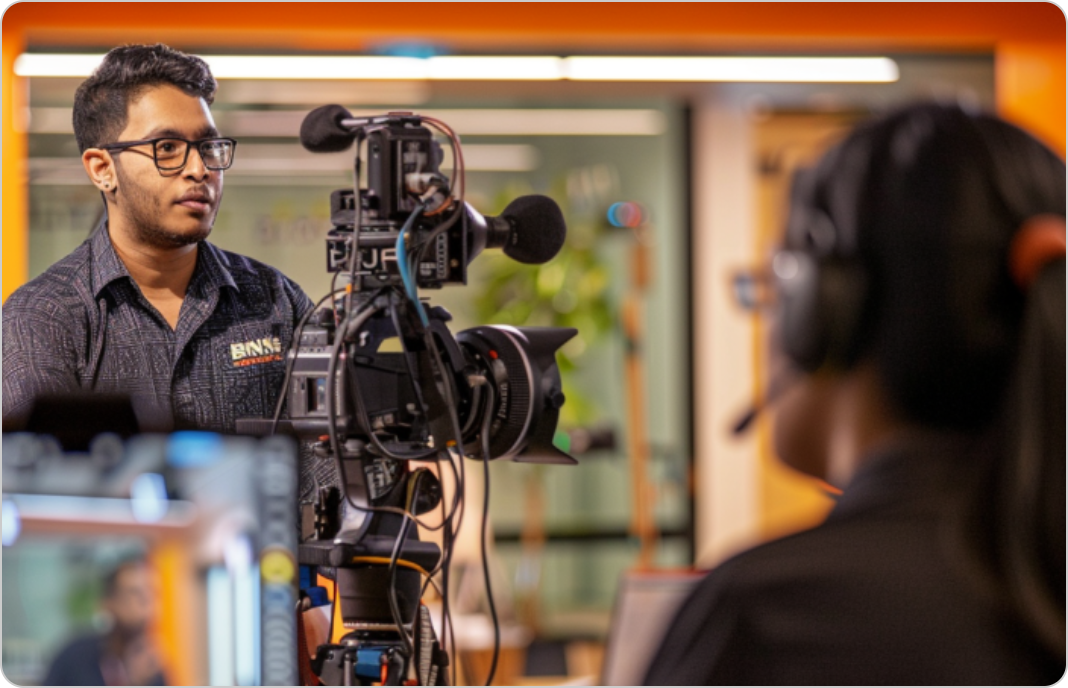Film Schools: Where to Go?
From left to right: Bambang Supriadi, Kelik Sri Nugroho, Ina Riyanto and Adilla Amelia.
The discusssion of film school held at Galeri Indonesia Kaya, Thursday, October 29, 2015, presented four representatives from four film schools: Adilla Amelia (Binus International Film School), Bambang Supriadi (FFTV IKJ), Ina Riyanto (cinema Dept. Universitas Media Nusantara), and Kelik Sri Nugroho (Jogja Film Academy). The moderator was Alex Sihar from Dewan Kesenian Jakarta.
Each representative was given seven minutes to share their views. The talk suddenly took another course during Q and A session, after an audience asked question on the future of film schools when digital broadcasting has proliferated, within which films are today not exclusively made to be screened at movie theaters, but also through the internet. After all, film schools will inevitably have to adjust their teaching curriculum to this technological shift which exerts large influences in job opportunities for their graduates.
Adilla Amelia says, Binus Film School is designed for a certain class. “We expect students to become creators as well as entrepreneurs that create jobs.” Ina Riyanto from Universitas Multimedia Nusantara stresses the fact that the film program at UMN is part of Visual Communication Design department allows more flexibility in composing curriculum, including incorporating new courses that suits the needs of various audiovisual industries. Meanwhile, Kelik Nugroho of Jogja Film Academy emphasizes that the Academy sought to produce technicians. “Our film program is basically D3. Our teaching methods focus more on technical capabilities.” Bambang Supriyadi from FFTV IKJ, however, addresses extraneous points questioning state responsibility in formulating film-related policy.




Comments :